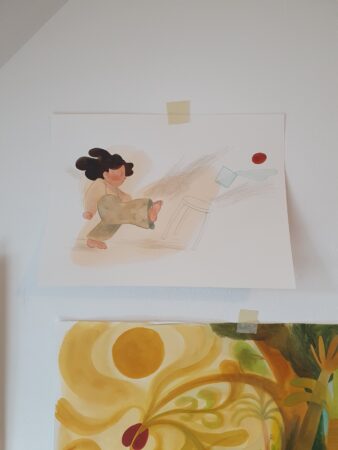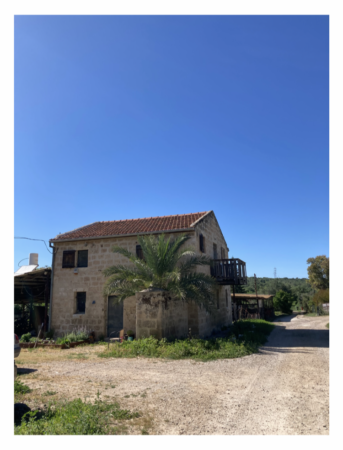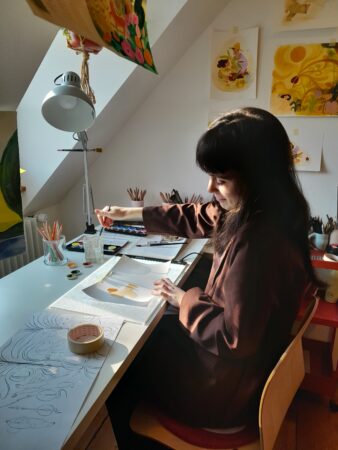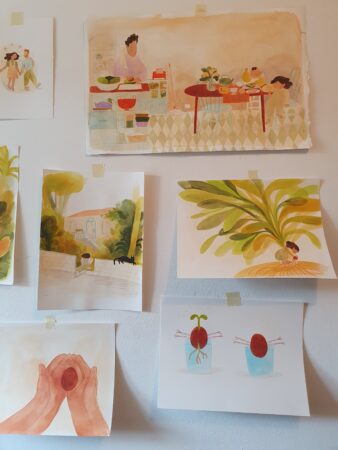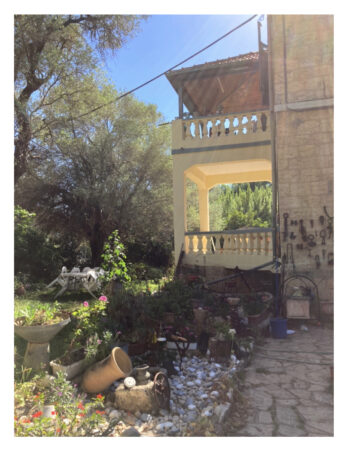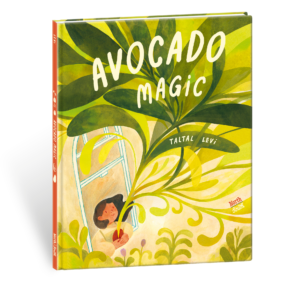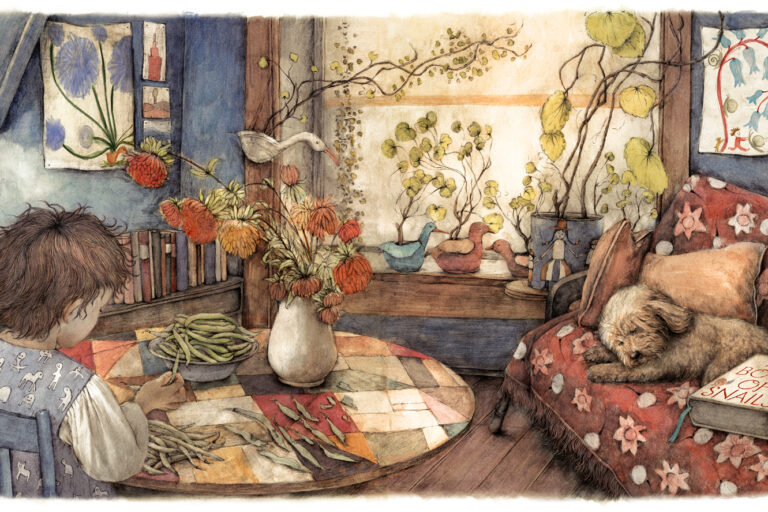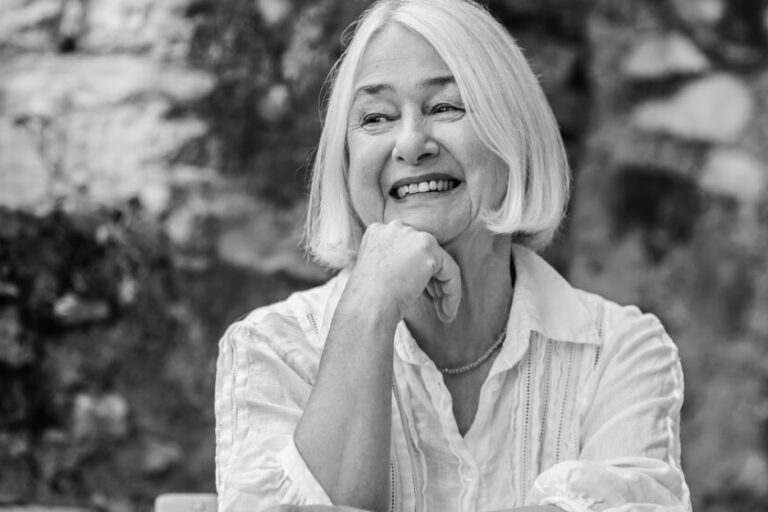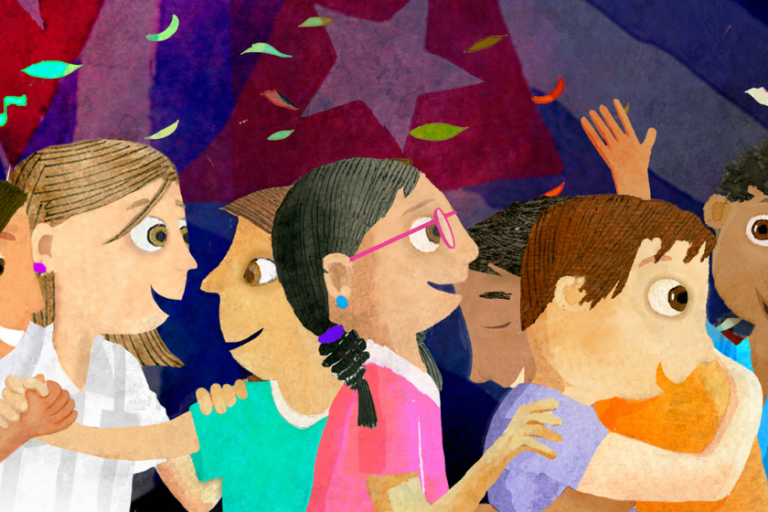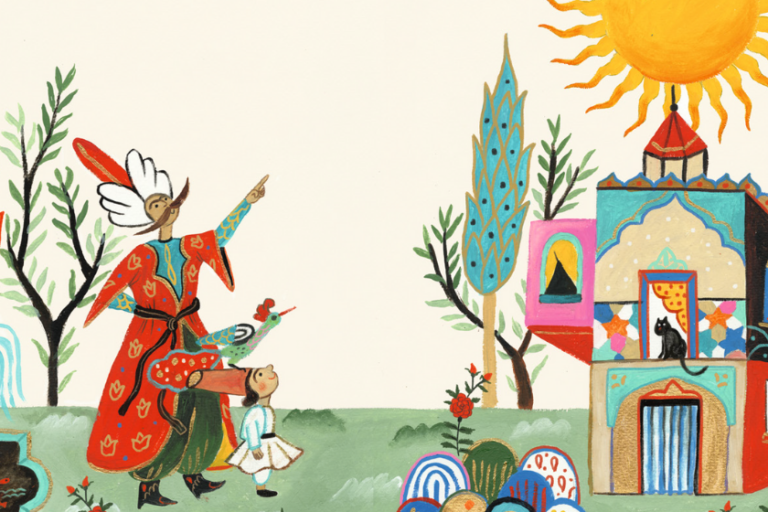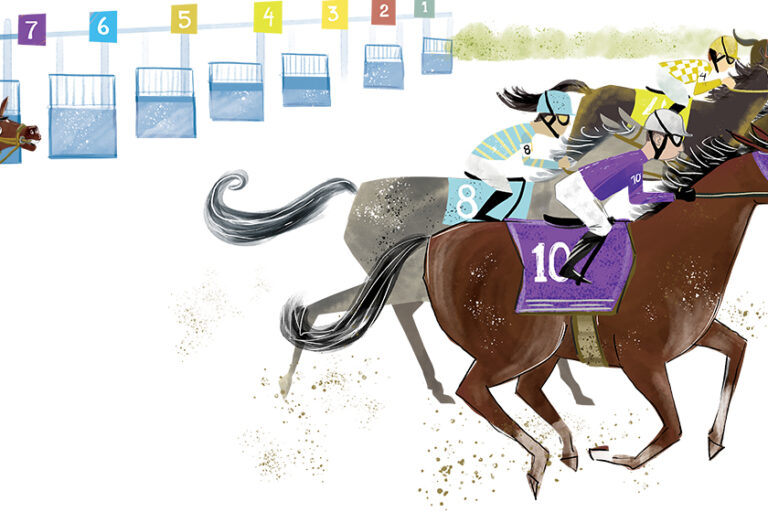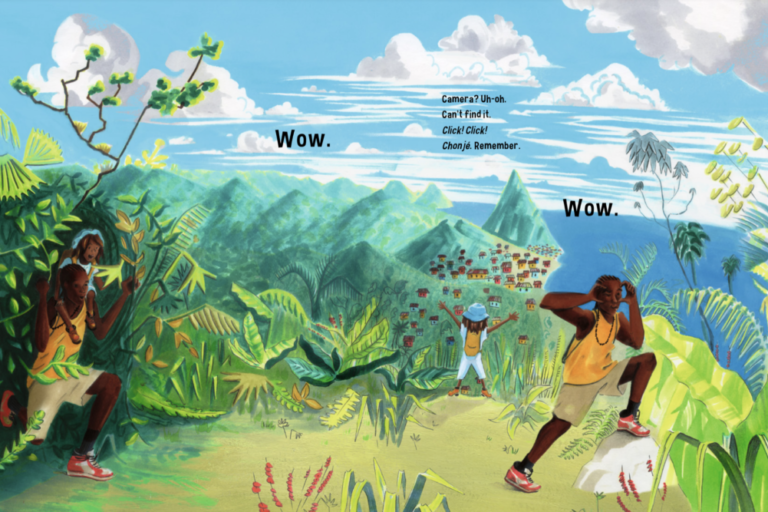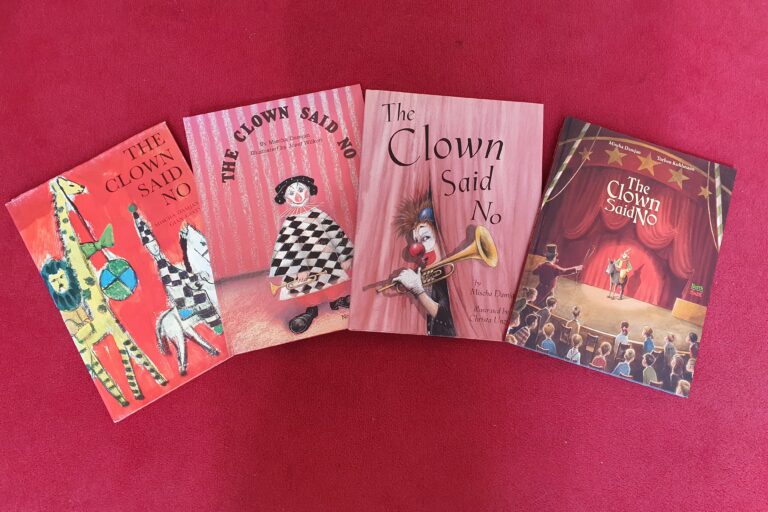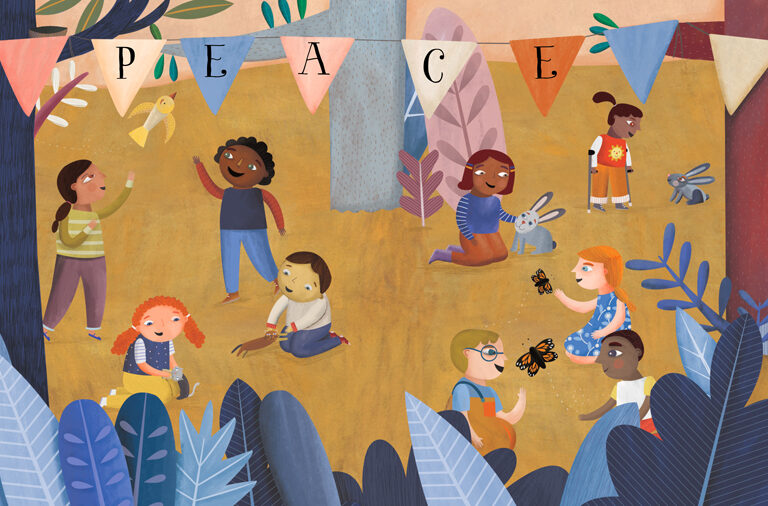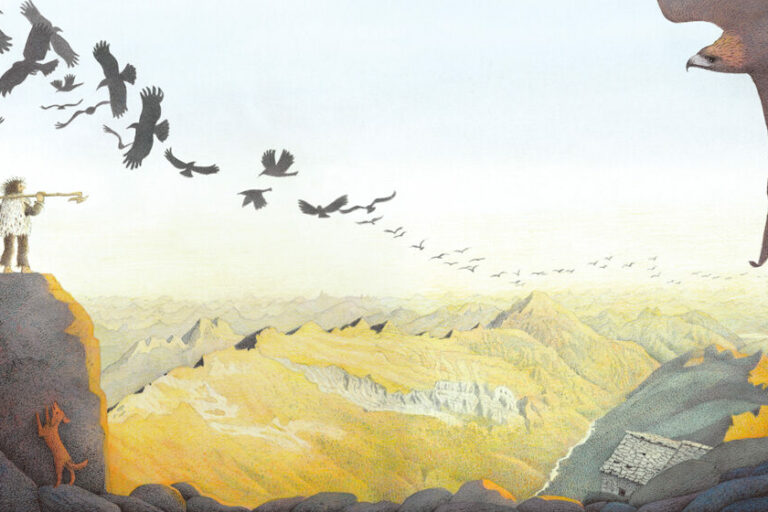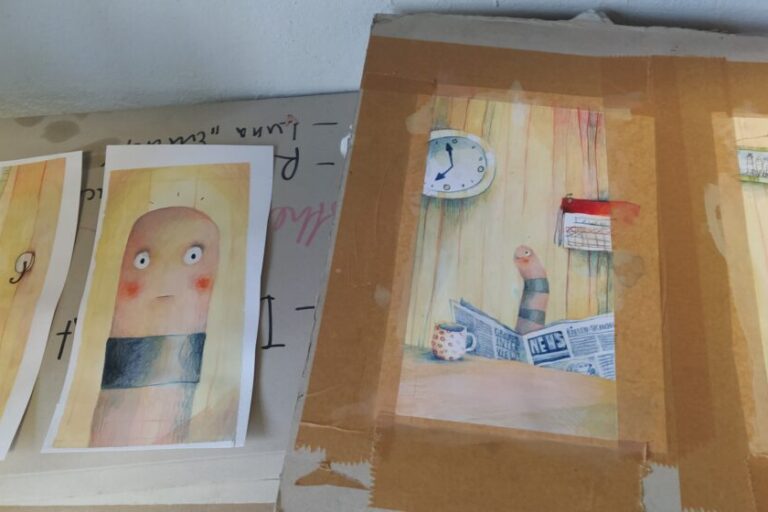Growing a Picture Book
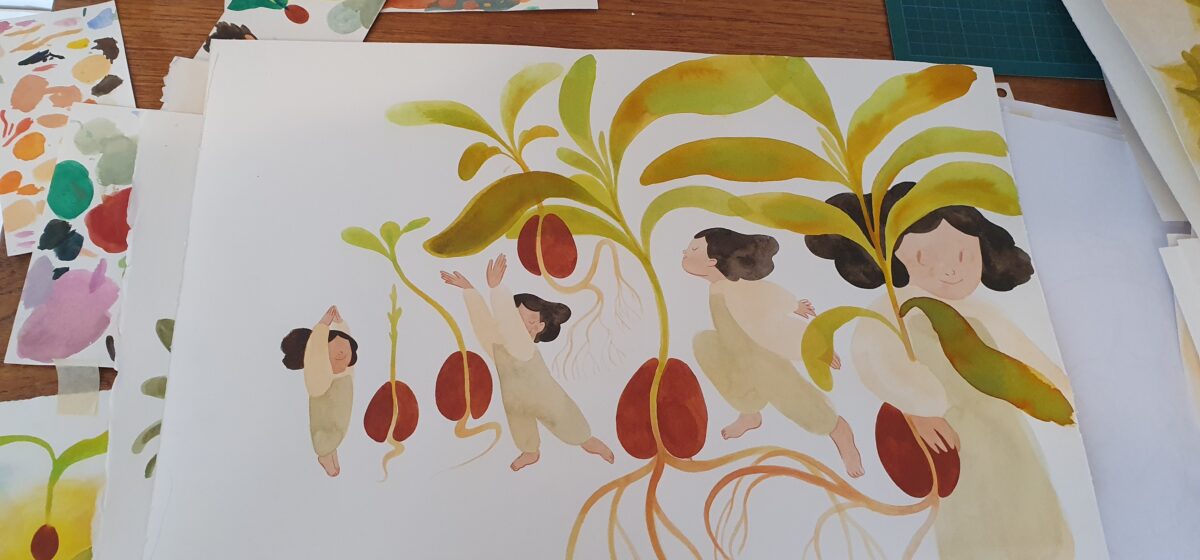
Interview with artist Taltal Levi
In Avocado Magic, Ellie’s impatience turns to wonder as she discovers the joy in growing slowly. Her father uses an avocado seed to demonstrate the magic of time: “the magic always moves and always flows; it’s hard to see, and rather slow. We need to wait and let it grow.” Throughout the book both Ellie and her avocado seed grow, change, and pass on the magic. In this interview with artist Taltal Levi, she shares her patient process to develop Avocado Magic and how it was inspired by her childhood.
Your mother planted a tree when you were born. Was it an avocado tree?
In the little town where I grew up lived an old gardener who gifted a tree to every newborn baby. When I was born, he gave my mother a walnut tree to plant in our garden. I remember the day I first climbed on it, the branches were still rather thin and fragile but sturdy enough to hold me as I was small myself.
Do avocados remind you of your childhood?
Very much so. Our neighbors had two huge avocado trees that spread all the way to our garden and even casted their shadow over the entrance of our house. When the fruit ripened during autumn, we used to pick them fresh from the tree or collect them off the ground. We wrapped them in newspaper and waited a day or two for them to soften. My favorite school sandwich always included an avocado from those trees along with a delicious spicy chili and parsley spread my father used to make. It’s one of my favorite things to eat to this day.
What sparked the idea for this story?
In the beginning I had an image in my head: a child watching a seed impatiently and waiting for it to do something. For some reason it made me laugh but at the same time it reminded me how the concept of time was so difficult to understand as a child. Minutes felt like hours, and weeks felt like months, especially when expecting something exciting and new to happen.
. . .it reminded me how the concept of time was so difficult to understand as a child.
Taltal Levi
That was the first idea and I wrote it down somewhere and then carried on with my life. But the image kept coming back and I thought about how I could build a story around it. It could be about patience but also about growth and the passing of time, about family and the tradition of growing trees together. This all joined in bit by bit. And I thought it would be interesting to find a motive that could represent the progression of time through the book alongside the protagonist. I picked the avocado because we always had them sitting around in jars of water by the window, and every time they began sprouting, I found it so magical and still do!
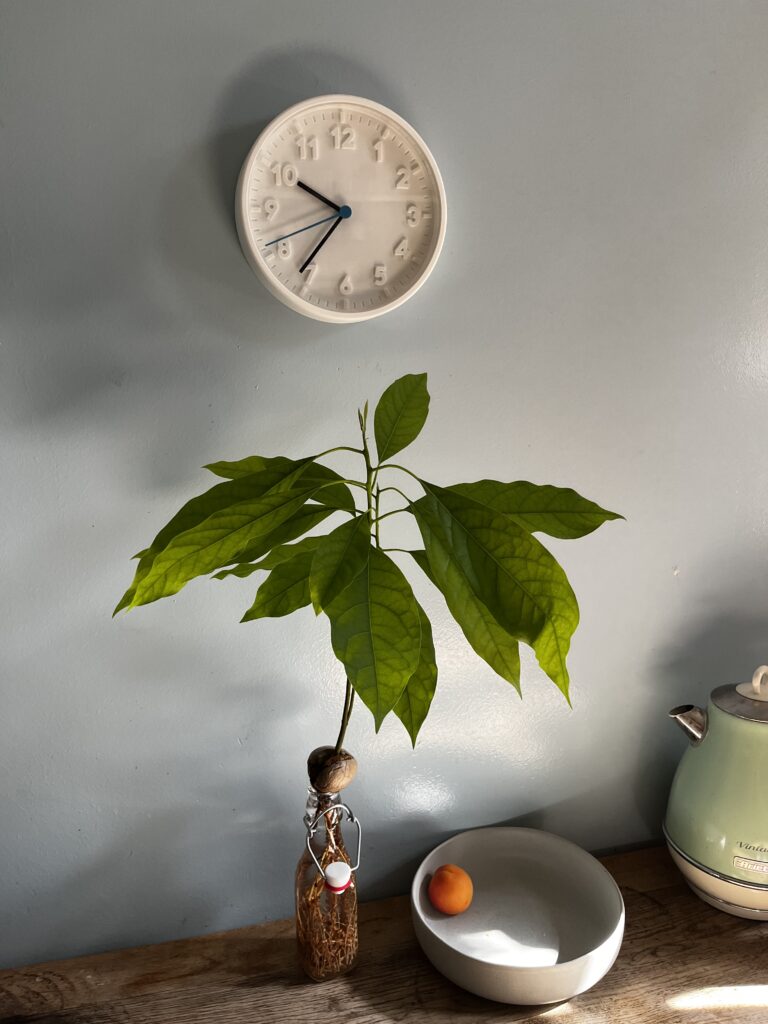
With this story in mind, I started with some sketches. I made many storyboards but I ended up using one for reference the most.
So you had finished the whole storyboard before you decided on the technique you wanted to use?
Yes, I had these elaborated sketches first.
With this book it was really hard in the beginning because I originally thought that I wanted to do everything on the tablet. I had this period where I was experimenting and trying to get to the point where I was happy with what I was making. But it didn’t work out really well, so we ended up delaying the publication of the book. This proved to be really good because it kind of focused me and pulled me back into how I like to create and what I find beautiful or the things I like looking at in other books. I gathered a lot of inspiration and then I came back to watercolor and gouache. . . and most importantly a kind of dry gouache which I used the most in this book. First, I did little color test to see if I could get the right tones.
I used an avocado on my table as a color reference as well.
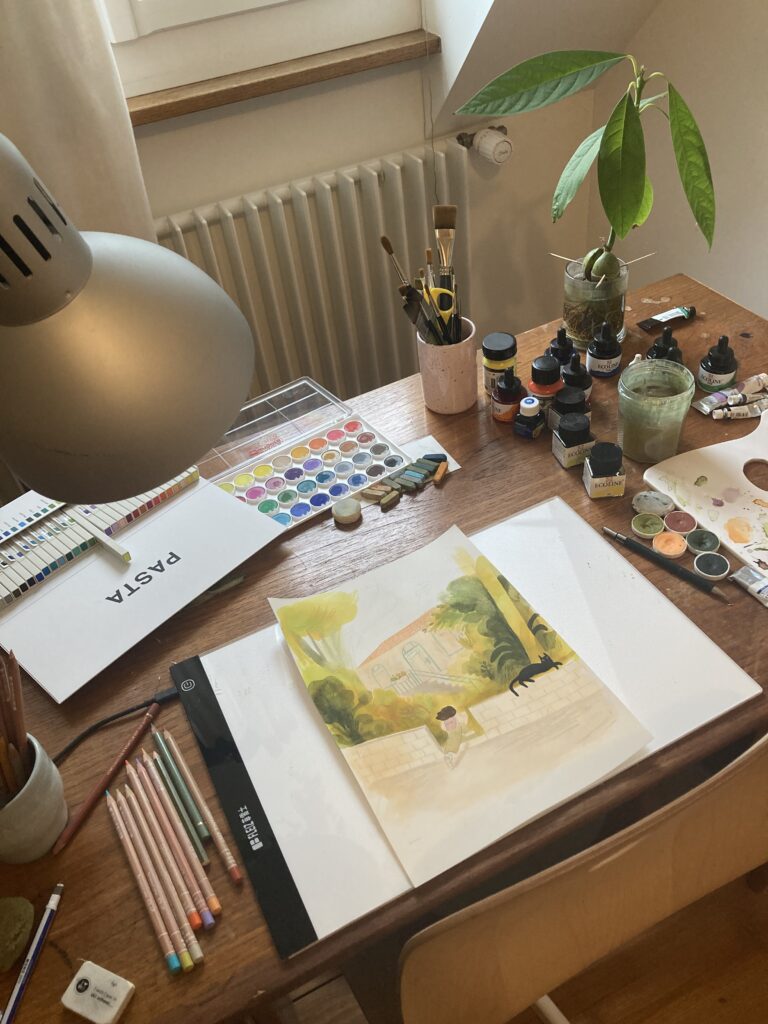
How does your color palette capture the essence of the story?
To bring out the summery, Mediterranean atmosphere I chose an earthy and warm color palette. In addition, I looked at avocados and tried to achieve their different shades of greens and browns. And I had this moment where I figured out that I wanted the avocado to be kind of neon green and I liked the combination of colors that I tried out. The color of the pit in particular was very important to me, since it has a very characteristic deep reddish brown color which I love, so it took me a while until I found the right color combination. After that I knew how to go from there regarding the color choice.
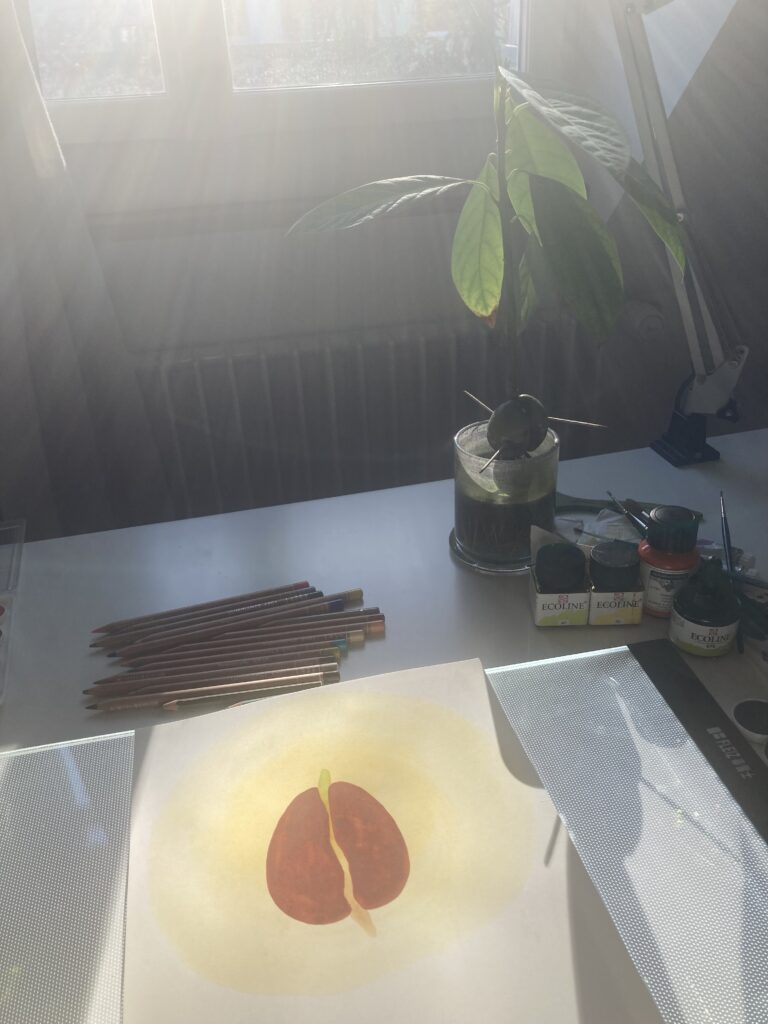
Do you have a favourite illustration in the book?
I quite like the one where Ellie kicks the stool and the avocado seed goes flying. But I also like the one that shows Ellie in front of her house rushing home from school because it has such an atmosphere and it reminds me of the house I grew up in. The whole story is very personal to me, as it draws inspiration from me growing up in Israel. For example, the scenery and the buildings are inspired by the place where my father currently lives in the Galilee, with beautiful stone houses from the 1900s and many kinds of fruit trees like palm, pomegranate, and olive trees.
Something else that was inspired by my own experiences as a child in Galilee is that as soon as Ellie’s inside, she’s barefoot immediately. I myself remember always being barefoot when I was growing up because it was so hot all the time you just want to take your shoes off when you got home. So Ellie never really has shoes on when she’s at home.
What do you do when you find yourself in a creative block? Do have any coping techniques?
I think doing something completely different helps me the most. And also trying to be hopeful is important. Making a picture book is a process and I know that eventually I will get there. Having a block is just another step on the way. And if this step would not have been there, I would not have reached the end goal as I did.
I tell myself that it’s really okay and that tomorrow is a new day. I really had to learn how to do that but now I have accepted it as a part of the process.
And how many avocados did you draw in the process of this book?
Ah, I don’t know. . . Let’s count!
